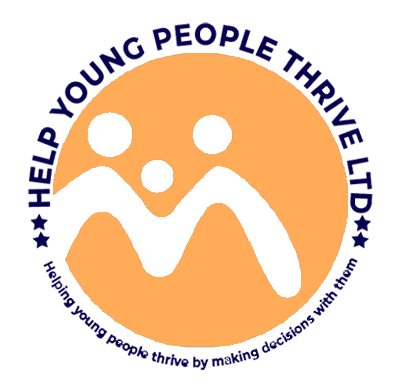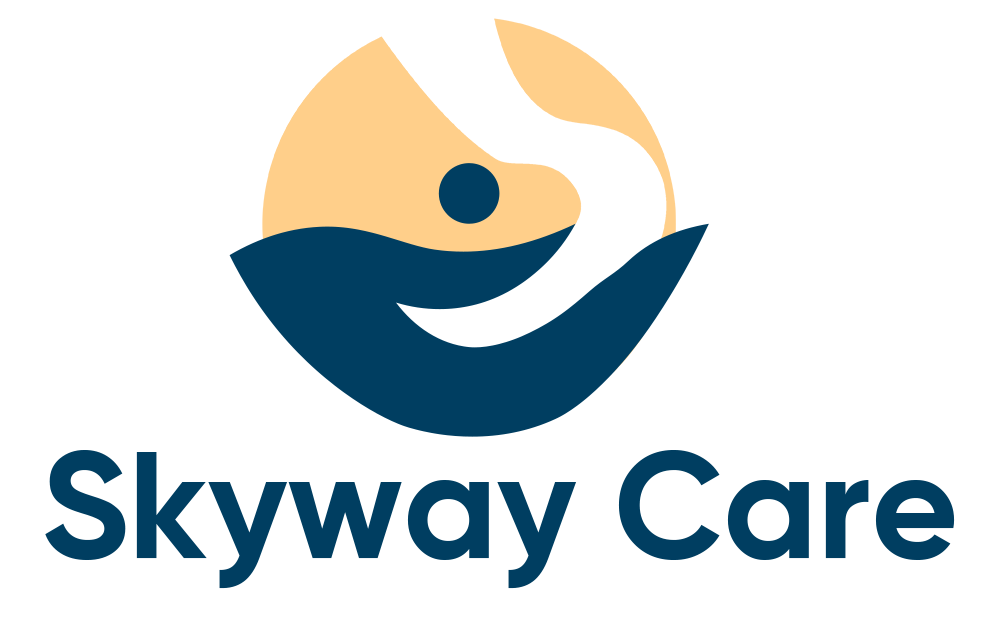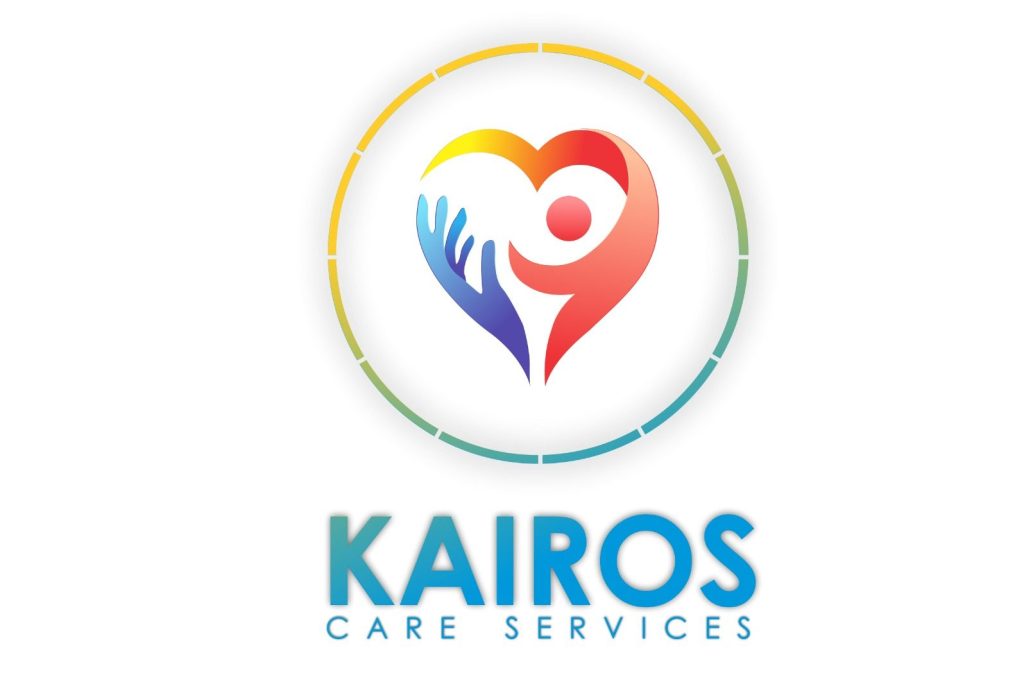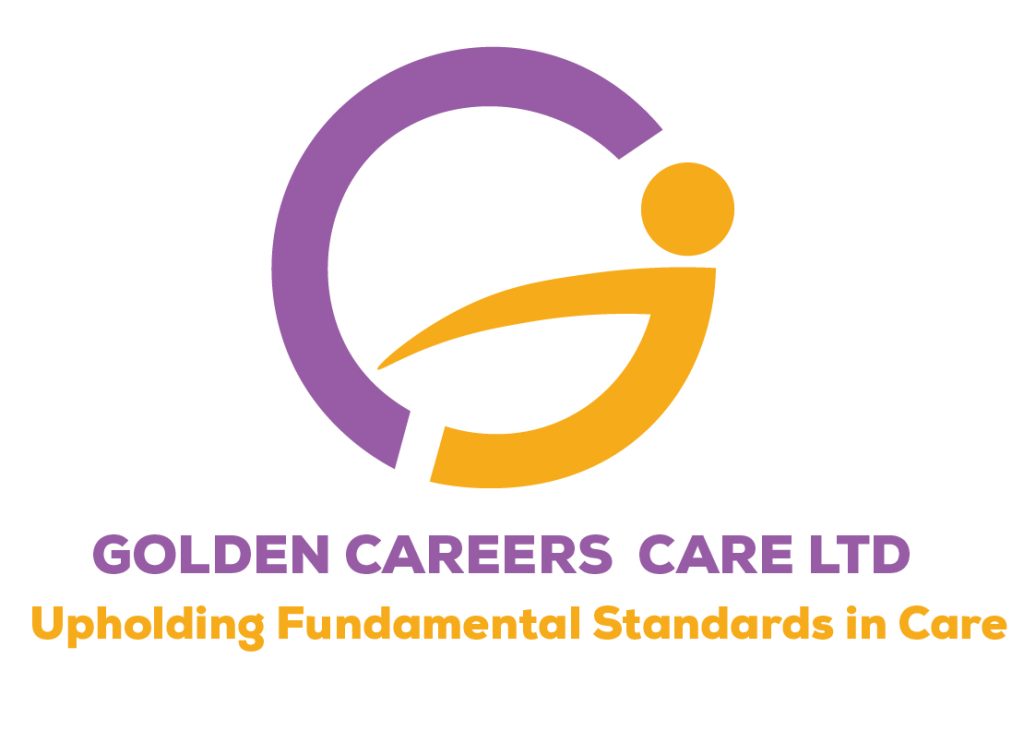If you provide supported accommodation for looked after children and care leavers aged 16–17, knowing the Social Care Common Inspection Framework (SCCIF) is vital for compliance and quality outcomes. This article breaks down the SCCIF, highlights key inspection principles, and offers practical insights for health and social care professionals.
What is SCCIF for Supported Accommodation?
The Social Care Common Inspection Framework (SCCIF) sets out how Ofsted inspects supported accommodation for looked after children and care leavers aged 16 and 17. The framework ensures that providers deliver high-quality, safe, and effective support, focusing on the real-life experiences and progress of young people in their care.
Note on Language
- The term ‘children’ is used throughout the SCCIF to align with Department for Education (DfE) regulations, emphasizing that 16- and 17-year-olds in supported accommodation are still legally children.
- Ofsted recognises that many young people prefer to be called ‘young people’ and will respect this preference during inspections.
- References to ‘staff’ include supported lodgings hosts, agency staff, and volunteers, with terminology adapted to each provider’s context.
SCCIF Inspection Principles
Focus on Children’s Lives
Inspections prioritise the experiences and progress of children, evaluating the impact of providers and the quality of support offered by adults.
Consistency
Ofsted aims for consistent expectations and evaluation criteria across similar services, making adjustments only when necessary to reflect the unique nature of each setting.
Prioritisation
Inspection resources are focused where improvement is most needed. Providers with identified weaknesses receive more frequent inspections.

SCCIF Inspection Outcomes
Supported accommodation inspections use a three-outcome model:

SCCIF Evaluation Criteria
Inspectors use professional judgment to assess:
- Effectiveness of support for children
- Impact on experiences and progress
- Criteria are adapted to the unique nature of each setting, focusing on what matters most to children’s lives
Key Areas of Focus in SCCIF Inspections
- Experiences and Progress: Stability, relationships, participation in decisions, advocacy, education, health, and preparation for independence
- Protection: Safety, risk management, safeguarding, and effective responses to incidents
- Leadership and Management: Effective management, staff support, continuous improvement, and compliance with regulations
Legal and Regulatory Context
- Inspections are grounded in the Education and Inspections Act 2006 and the Care Standards Act 2000 (as extended to supported accommodation).
- Providers must meet statutory requirements and have regard to the DfE’s Guide to supported accommodation regulations.
The SCCIF Inspection Process
- Inspections are announced with minimal notice and focus on real-life impact rather than paperwork.
- Providers are inspected at least once every three years, with more frequent visits for those requiring improvement.
- The process includes pre-inspection preparation, on-site visits, feedback, and a structured reporting and complaints procedure.
Why SCCIF Matters for Providers
Understanding and implementing the SCCIF is crucial for:
- Regulatory compliance with Ofsted and CQC standards
- Delivering high-quality, person-centred care
- Achieving positive inspection outcomes
- Ensuring the safety, rights, and well-being of looked after children and care leavers
Conclusion
The SCCIF provides a robust framework for inspecting supported accommodation for 16- and 17-year-olds, ensuring that providers maintain high standards and focus on what truly matters: the experiences, safety, and progress of the children in their care. By aligning your service with SCCIF principles and criteria, you can enhance your provision, support positive outcomes, and demonstrate compliance during Ofsted inspections.
By: Godfrey Mushandu /LinkedIn
















